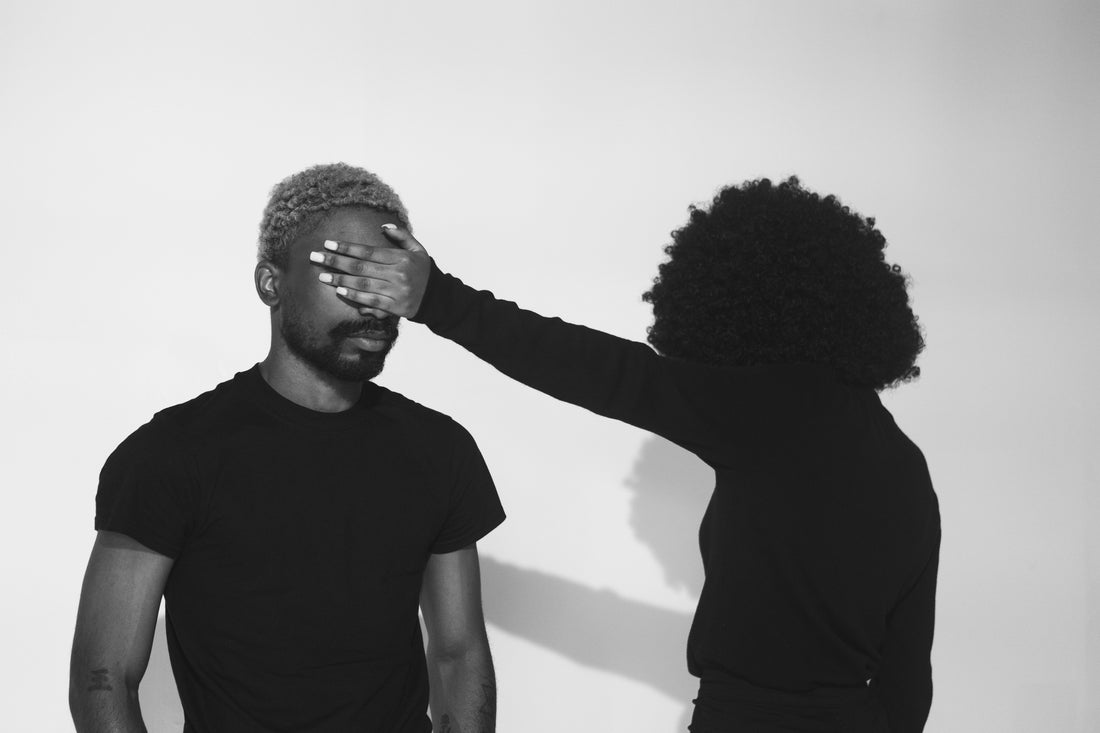The entire foundation of modern science is built upon what we can experience through our five senses—what we can see, taste, touch, smell, and hear. Because of this, many scientists (and people who trust a purely scientific interpretation of the world) only trust what they can pick up with their hands, see under a microscope, reproduce in an experiment, or test with chemicals. Any interpretation of the world beyond this, many scientists say, is pure conjecture.
The problem is that God exists outside our five senses. Unless God chooses to reveal himself in some way, we don’t see, taste, touch, smell, or hear him. But that doesn’t mean there isn’t a God. People who “see” God at work are those who have learned to look at the world counterintuitively. They’ve learned to trust what the Bible calls “the eyes of [the] heart” (Ephesians 1:18)—a built-in spiritual sonar in our souls that tells us there’s more than we can see.
I, for one, have good reason to distrust what I can see. I misread things in the natural world all the time. Recently I was playing soccer at a school playground with my youngest daughter, Camryn, when a couple of screaming four-year-olds joined us. Out of the corner of my eye, I noticed an old, bearded, dirty, eerie-looking man staring at the children.
Of course, I was alarmed. I knew for sure what I was looking at: a bona fide pedophile. I knew I had to do something immediately and was confident that once I acted quickly and bravely, I would be interviewed on television and by the Philadelphia Inquirer. The next day people would pat me on the back and say, “Good job, Brian. Did you really wrestle him to the ground and pulverize him single-handedly?”
Confident of my assessment of the situation, I moved in. I walked up to the “predator,” looked him squarely in the eye, and asked in the roughest voice I could muster, “DO YOU HAVE KIDS HERE?”
Startled, the man shot back, “Yeah. My grandkids are playing with your daughter.” Instantly humbled, I tripped over my words as I replied, “Well, um, of course they are. I just wanted to, uh, introduce myself.”
I’ve learned not to trust what I see. And call me cynical, but I’ve lived long enough now to watch the scientific community stick to their beliefs like thirteen-year-olds stick to clothing trends. I don’t trust what they see either. Do you want to know what I’ve learned to trust? I trust the eyes of my heart. I’ve learned to trust that part of me that measures beauty and love and passion and truth, all the things that can’t be placed under a microscope. This part of me is certain, with every ounce of conviction it can muster, that we’re not alone here.
The Bible calls this conviction faith. Hebrews 11:1 tells us that faith “is being sure of what we hope for and certain of what we do not see.” The more we exercise faith—trusting God with our souls and not our eyes, our hearts and not our hands—and open ourselves up to the possibility that we can’t see and understand everything, the more we’ll begin to “see” God working in our lives.
Sign up HERE to get my articles delivered straight to your inbox.

